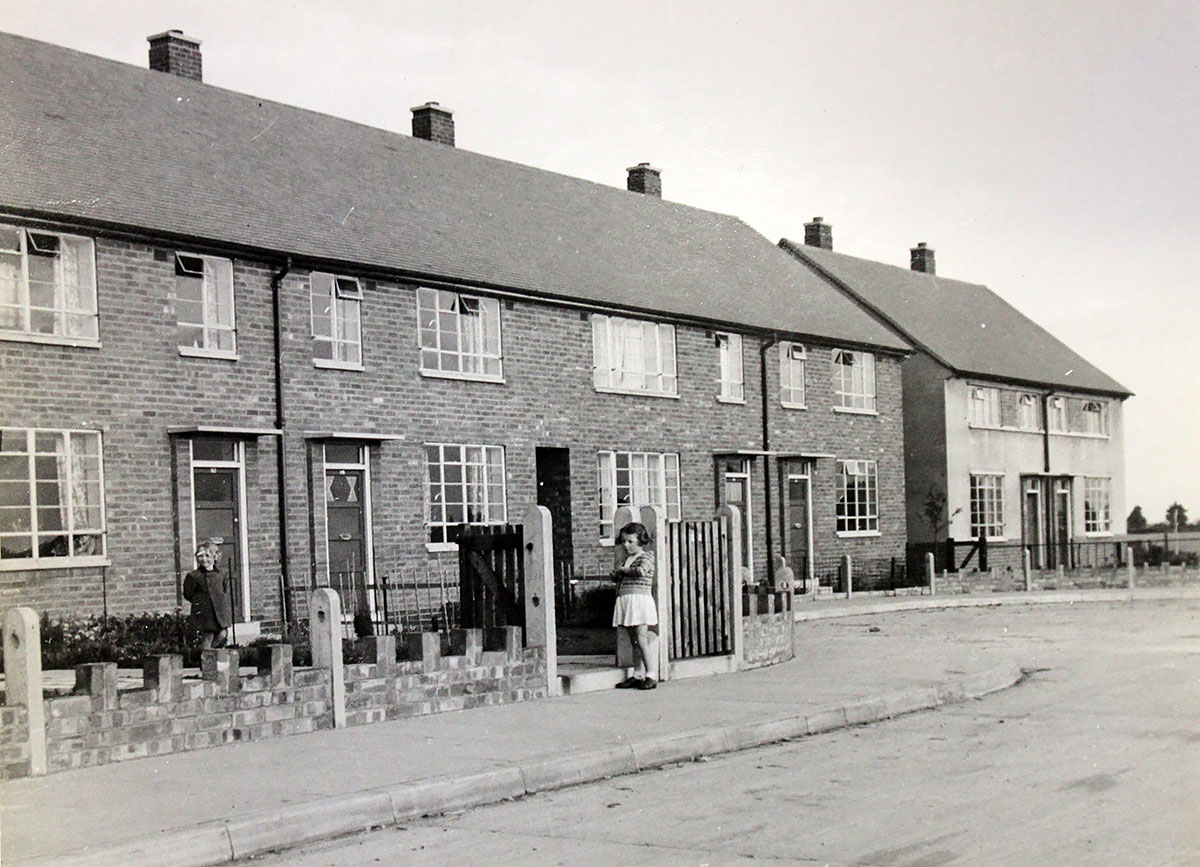




Back to the Intro Page







After the war suburban homes became more affordable to the middle class but the depression made it hard for people to buy their own home but soon brand new suburbs began to appear just outside the big cities. Nowhere did this happen more than in London and it was helped by the continued growth of the underground. The metropolitan line extended out from the city into areas that once were a few houses and fields. Rayners Lane, where Richard was brought up, was a classic example. In 1930, 22,000 people used the tube station in a year. In 1937 the figure was 4 million. These houses were often built in tree lined avenues and some in mock Tudor style. Most had electricity and running water. They were mainly three-bedroomed with a dining room and sitting room downstairs, there would also be a kitchen and a separate bathroom and toilet. The working class people still lived in terraced accommodation in towns or small cottages in rural areas, often with an outside toilet. The wealthy people sometimes had two homes, one in town and one in the country. However the depression evened things out a little as while the working class lost their jobs, the richer people lost money and their homes. Once factories restarted for the war effort, jobs were easier to find than it was to make money again. Many homes in the cities, especially in London, were destroyed during World War Two. After the war the planners thought about building in green spaces around new developments.
Back to WWI Hoots - HomesForward to Time of the Hippie Hoots - Homes

